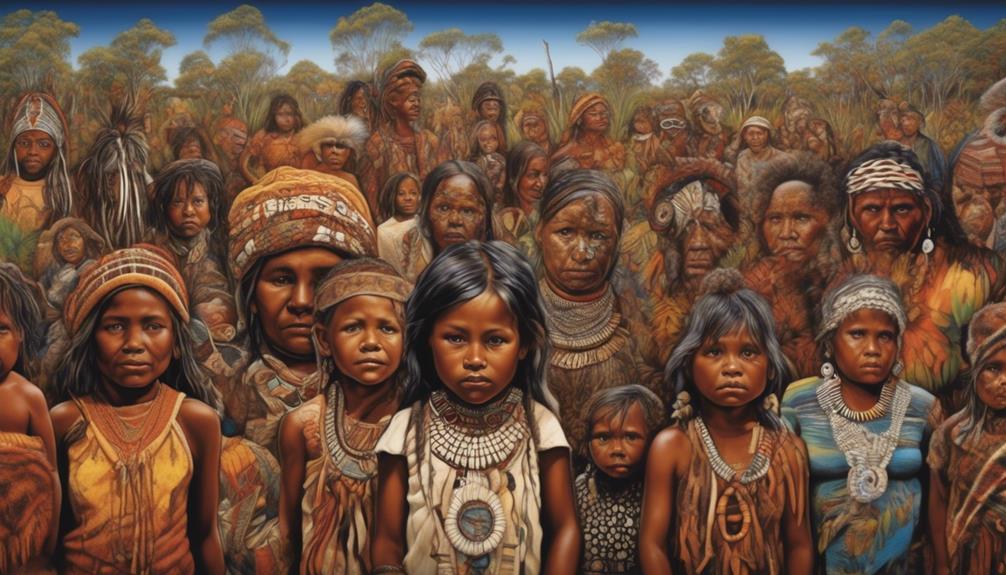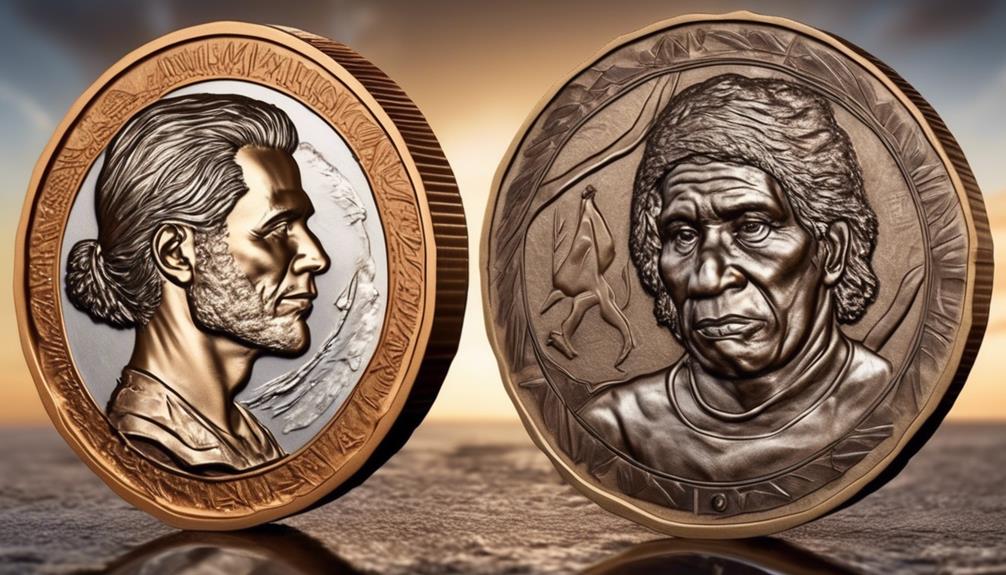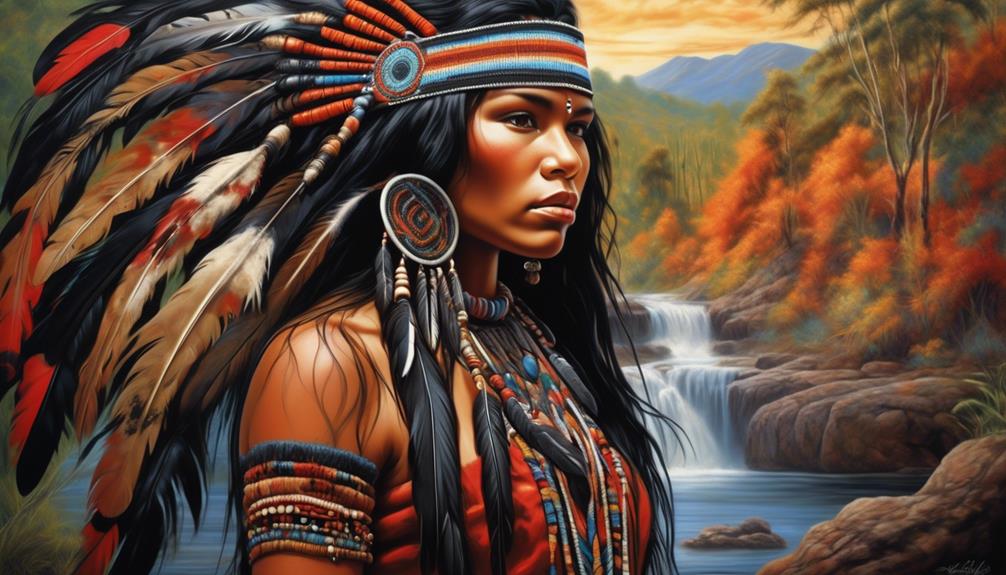You may already be familiar with the significant socioeconomic disparities faced by Aboriginal and Torres Strait Islanders, as evidenced by higher rates of unemployment and lower average income levels compared to non-Indigenous Australians.
This is just the tip of the iceberg when it comes to the complex issues affecting these communities.
As we explore further, you'll gain insight into the challenges they encounter in accessing healthcare, the barriers to education they confront, the ongoing struggle to preserve their cultural heritage, and the ongoing battle for land and resource rights.
Key Takeaways
- Limited availability of stable and well-paying employment opportunities contributes to socioeconomic disparities for Aboriginal and Torres Strait Islanders.
- Geographical barriers and inadequate government policies hinder access to healthcare services for Indigenous communities, leading to healthcare disparities.
- Lack of parental involvement and language barriers create educational challenges for Indigenous students, emphasizing the need for collaborative efforts to support their academic progress.
- Preserving cultural heritage, embracing traditional practices, and revitalizing Indigenous languages are vital for fostering a sense of identity, belonging, and pride among Aboriginal and Torres Strait Islanders.
Socioeconomic Disparities
Socioeconomic disparities significantly impact the lives of Aboriginal and Torres Strait Islanders, contributing to inequalities in areas such as education, employment, and access to healthcare. For many Indigenous Australians, socioeconomic mobility is hindered by the limited availability of stable and well-paying employment opportunities. This lack of access to secure employment not only affects individual financial stability but also perpetuates a cycle of economic disadvantage within Indigenous communities.
In the realm of employment opportunities, Aboriginal and Torres Strait Islanders often face systemic barriers that hinder their ability to secure and maintain meaningful work. Factors such as discrimination, limited access to quality education, and geographic isolation contribute to the disproportionately high rates of unemployment and underemployment within these communities. This perpetuates a cycle of economic hardship, making it challenging for individuals and families to break free from the constraints of poverty and achieve upward socioeconomic mobility.
Efforts to address these disparities must focus on creating pathways to employment that are inclusive and culturally sensitive. By providing targeted support for education and skills development, as well as addressing systemic barriers to employment, it's possible to promote greater socioeconomic mobility and reduce the impact of these disparities on Indigenous Australians.
Healthcare Access
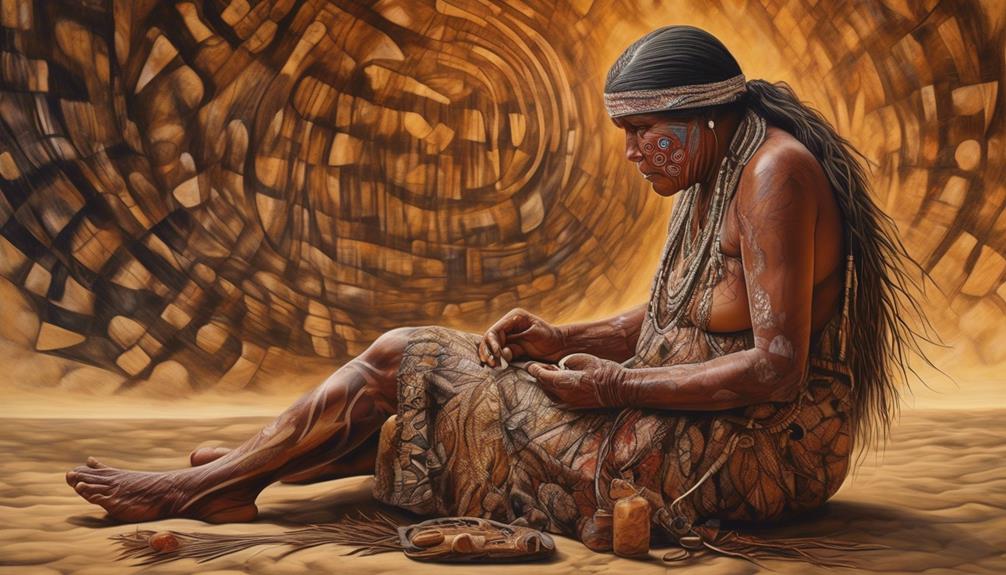
Limited access to stable and well-paying employment not only impacts financial stability but also affects the ability of Aboriginal and Torres Strait Islanders to obtain adequate healthcare. In remote communities, geographical barriers make accessing healthcare services a challenge. Government policies often don't adequately address the specific healthcare needs of these communities, further exacerbating the issue.
Here are some key points to consider:
- Geographical Barriers: Remote communities face significant challenges in accessing healthcare due to their isolated locations. This often results in delayed medical attention and limited availability of essential services, contributing to poorer health outcomes.
- Cultural Sensitivity: Healthcare services in these communities must be culturally sensitive and tailored to the specific needs of Aboriginal and Torres Strait Islanders. Failure to do so can lead to mistrust and reluctance to seek medical assistance.
- Policy Reforms: Government policies play a crucial role in determining healthcare access. There's a need for comprehensive policy reforms that prioritize the healthcare needs of Aboriginal and Torres Strait Islanders, ensuring equitable access to quality medical services.
Addressing these issues requires a multi-faceted approach that considers the unique challenges faced by Aboriginal and Torres Strait Islanders in remote communities, ultimately striving to achieve better healthcare access for all.
Educational Challenges
Navigating the educational system can present significant challenges for Aboriginal and Torres Strait Islanders, impacting their academic success and future opportunities. Two major challenges faced by Indigenous students are parental involvement and language barriers. The lack of parental involvement can hinder a student's progress and support system, affecting their overall academic performance. Additionally, language barriers can create significant obstacles in understanding and engaging with the curriculum, leading to feelings of isolation and frustration.
To better understand the impact of these challenges, let's examine the following table:
| Challenges Faced | Emotional Impact |
|---|---|
| Lack of parental involvement | Feelings of abandonment and lack of support |
| Language barriers | Frustration, isolation, and difficulty in comprehension |
These challenges not only affect academic performance but also contribute to a sense of disconnection from the educational environment. Overcoming these obstacles requires a collaborative effort from educators, families, and the community to ensure that Indigenous students receive the support and resources they need to thrive in the educational system.
Cultural Preservation
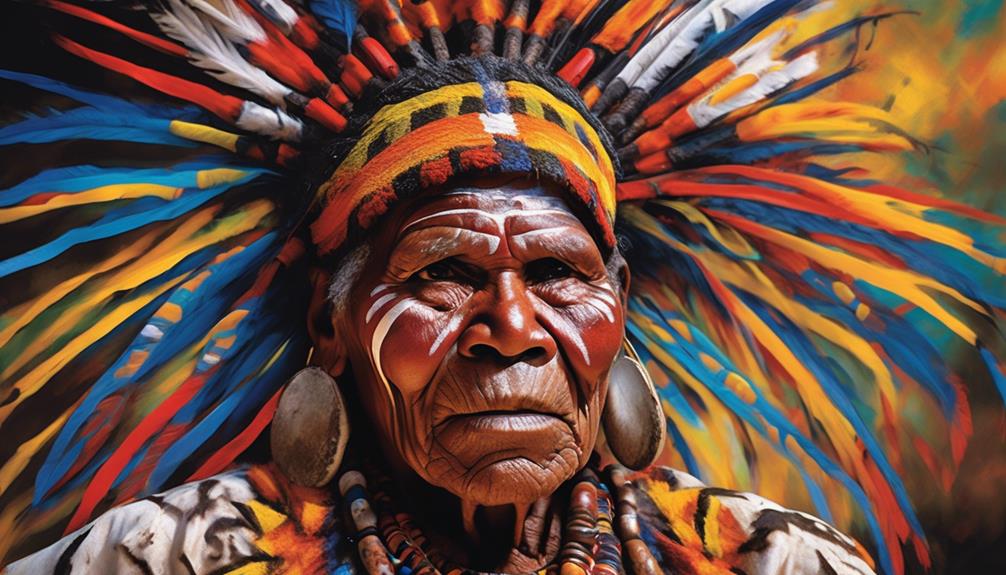
Preserving and celebrating the cultural heritage of Aboriginal and Torres Strait Islanders is essential for fostering a sense of identity and belonging within the community. Embracing traditional practices and customs allows for the preservation of cultural identity, promoting a strong sense of belonging and connection to the land and ancestors. Language revitalization efforts are crucial for maintaining the unique linguistic heritage of Indigenous communities and passing it down to future generations.
To further engage the community in cultural preservation, it's important to create opportunities for intergenerational knowledge transfer. Encouraging elders to share their wisdom and experiences with younger generations fosters a deep appreciation for cultural traditions and values.
Additionally, community engagement in cultural events and activities, such as art exhibitions and traditional performances, helps to instill pride and a sense of belonging among Aboriginal and Torres Strait Islander people.
Lastly, establishing partnerships with educational institutions and government bodies can facilitate the integration of Indigenous cultural practices into mainstream society, promoting greater understanding and respect for the rich heritage of these communities.
Land and Resource Rights
Ensuring the recognition and protection of land and resource rights is crucial for empowering Aboriginal and Torres Strait Islander communities and safeguarding their cultural and economic interests. Land ownership is fundamental to the identity and wellbeing of Indigenous peoples. It provides the foundation for cultural practices, spiritual connections, and economic sustainability. The right to own and manage traditional lands is essential for maintaining the intricate balance between Indigenous communities and their environment.
Environmental protection is intricately linked to land and resource rights. Indigenous peoples have a deep understanding of the land and its ecosystems, often possessing traditional knowledge that has been passed down through generations. This knowledge is invaluable for sustainable land management and environmental conservation. By ensuring Aboriginal and Torres Strait Islander communities have control over their lands, it not only supports their cultural practices but also contributes to the protection of natural habitats and biodiversity.
Recognizing and respecting land and resource rights isn't only a matter of justice but also a practical necessity for achieving environmental sustainability and preserving cultural heritage. Empowering Indigenous communities in these ways is essential for fostering a more equitable and harmonious society.
Frequently Asked Questions
How Has Colonization Impacted the Traditional Cultural Practices and Social Structures of Aboriginal and Torres Strait Islanders?
Colonization has profoundly impacted traditional cultural practices and social structures of indigenous communities. Efforts to preserve cultural heritage have been ongoing, but the effects of colonization continue to shape these communities.
Despite challenges, there are ongoing initiatives to revitalize and protect traditional practices. It's important to recognize the resilience of these communities and support their endeavors to maintain and celebrate their cultural heritage in the face of historical and ongoing colonization.
What Are the Specific Barriers That Aboriginal and Torres Strait Islanders Face in Accessing Mental Health Services and Support?
When it comes to accessing mental health services, Aboriginal and Torres Strait Islanders often face specific barriers. Mental health stigma and limited access to services can make it difficult to get the support you need.
Additionally, cultural competence and trauma-informed care are essential for providing effective mental health services to Indigenous communities.
Overcoming these barriers is crucial to ensuring that everyone has equitable access to mental health support.
How Do Educational Challenges for Aboriginal and Torres Strait Islander Students Contribute to the Perpetuation of Socioeconomic Disparities?
Educational attainment directly impacts socioeconomic disparities.
For Aboriginal and Torres Strait Islander students, educational challenges can perpetuate these disparities.
Limited access to quality education, cultural disconnect, and systemic barriers hinder academic success, leading to reduced opportunities for employment and financial stability.
As a result, the cycle of poverty continues, exacerbating existing disparities.
Addressing these educational barriers is crucial in breaking the cycle and promoting socioeconomic equity for Indigenous communities.
What Are Some Traditional Practices and Customs That Are at Risk of Being Lost Due to Modernization and Globalization?
Preserving traditional practices in the face of modernization and globalization is crucial.
As the world becomes more interconnected, many customs risk being lost. Take, for example, the art of storytelling. In many Indigenous cultures, storytelling is a vital tradition, passing down knowledge and values for generations.
However, with the rise of digital media, this practice is at risk. It's essential to find ways to balance modernization while preserving these valuable traditions.
What Specific Land and Resource Rights Issues Are Currently Being Faced by Aboriginal and Torres Strait Islanders, and What Efforts Are Being Made to Address Them?
Efforts to address land and resource rights issues for Aboriginal and Torres Strait Islanders are crucial. Indigenous activism plays a significant role in advocating for these rights.
Land rights are essential for preserving cultural heritage and sustaining traditional practices. Resource rights are necessary for economic development and self-determination.
Efforts to address these issues include legal battles, policy advocacy, and community empowerment initiatives. It's important to support these efforts to ensure justice and equity for Indigenous communities.
Conclusion
You've learned about the ongoing issues facing Aboriginal and Torres Strait Islander communities.
Now, it's time to take action and support initiatives that aim to address socioeconomic disparities, improve healthcare access, overcome educational challenges, preserve culture, and uphold land and resource rights.
By understanding the truth behind these issues, you can make a difference and advocate for positive change.
Let's work together to create a more equitable and inclusive society.
Mary is a passionate writer who brings creativity and a fresh perspective to our team. Her words have the power to captivate and inspire, making her an essential contributor to our content. Mary’s commitment to storytelling and dedication to promoting Indigenous culture ensures that her work touches the hearts of our readers. We’re fortunate to have her as part of our team.
